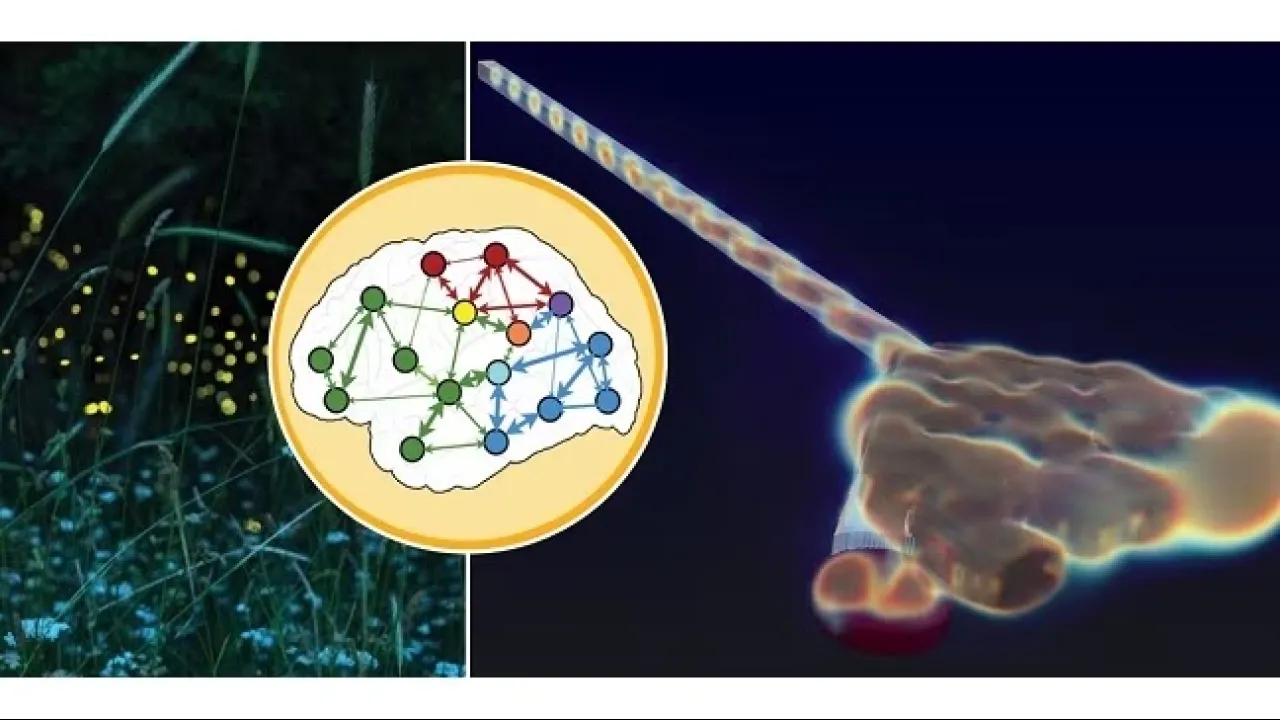
A firefly's flash inspires new nanolaser light
Synchronized emissions from innovative on-chip lasers create possibilities for inexpensive artificial neural networks.
About
A reinvented, low-cost laser source that stores light energy inside nanoscale disks could underpin the development of optically powered neurocomputers, reveals a simulation study led by KAUST researchers.
Photonic devices that use controlled laser pulses to manipulate data switches, biomedical implants and solar cells are sought-after because they are lightning quick compared to traditional electronics; however, current prototypes have not been commercialized because of the difficulty in making lasers small enough to fit onto computer circuit boards, while also retaining pulse-shaping capabilities.
“The challenge of reducing an optical source down to the nanoscale is that it starts to emit energy strongly in all directions,” explains KAUST's Andrea Fratalocchi. “This makes it almost impossible to control.”
A partnership with Yuri Kivshar’s group at the Australian National University revealed paths to beat optical diffraction limits with unconventional anapole lasers. Being made from semiconductors shaped into precisely sized nanodisks, anapoles respond to light stimulation by producing electromagnetic waves that either radiate or rotate in donut-shaped toroid distributions.
At specific excitation frequencies, interference between the two fields produces a state—the anapole—which does not emit energy in any direction and traps light inside the nanodisk.
“You can think of this laser as an energy tank—once the laser is on, it stores light and doesn’t let it go until you want to collect it,” says Fratalocchi.
Read the full article
